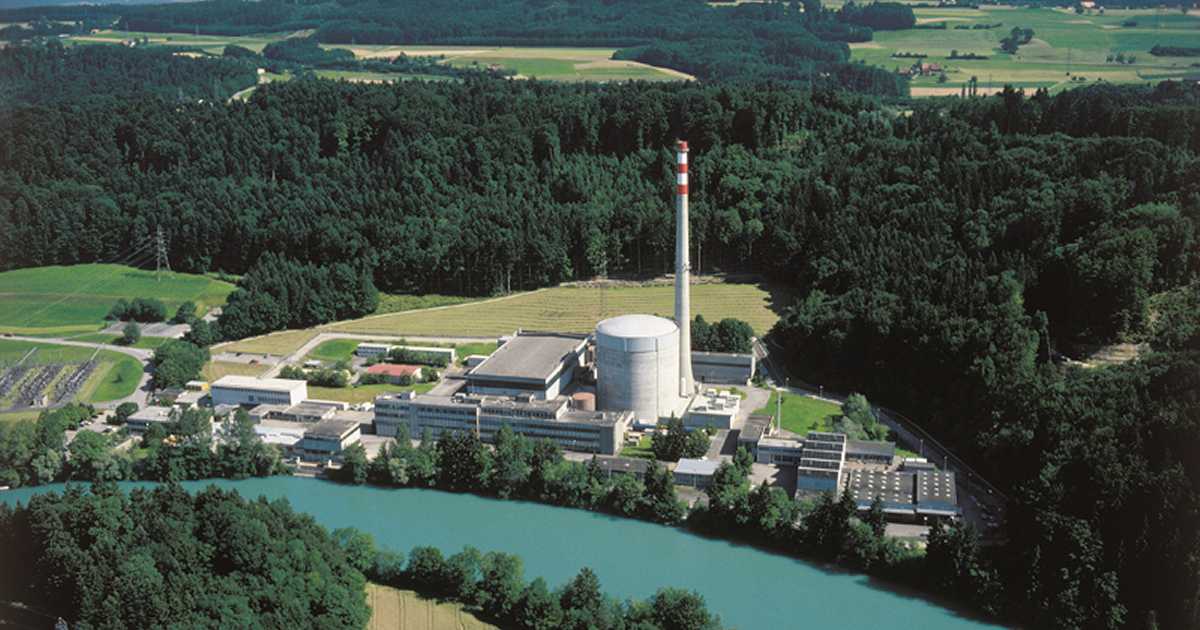
Switzerland’s Mühleberg Nuclear Power Plant was permanently deactivated a few days ago. It’s the first nuclear reactor in the country to be decommissioned – and there won’t be any more built.
On December 20 at 12:30 pm local time, the 373MW Mühleberg Nuclear Power Plant (KKM) cranked out its final kilowatt-hour of electricity. Over its 47 years of operation, the plant generated around 100,000 gigawatt-hours of electricity.
Decommissioning A Costly, Lengthy Exercise
Decommissioning/dismantling the facility starts in early January next year and will take a very long time – 15 years. Plant owner BKW FMB Energie AG says the process will have a strong focus on the safety of the general public, the environment and its employees.
“BKW is organisationally and financially well prepared for its largest project since the construction of KKM about 50 years ago,” says part of a statement concerning the shutdown.
Dismantling the plant and disposal of radioactive waste will also be costly – estimated at 3 billion Swiss francs according to a 2016 study, which is around AUD $4.42 billion at current exchange rates. In addition to the nuclear fuel waste stored on-site that will have to be dealt with, there will be thousands of tonnes of demolition material considered too contaminated for cleaning and re-use.
Switzerland Phasing Out Nuclear Power
Back in 2017, Switzerland’s voters endorsed Energy Strategy 2050, a government plan that will see nuclear power in the country phased out while renewable capacity including wind and solar energy is boosted.
Generation from non-hydro renewables such as solar, wind, biomass and geothermal sources is to increase from last year’s 3,877 GWh to a target of 11,400 GWh by 2035. Switzerland also has 638 hydroelectric power plants, which currently account for around 60% of total domestic electricity production.
With the shutdown of Mühleberg, there are four nuclear power stations left in the country ranging in age from 35 to 50 years old.
- Beznau 1 (1969) – 365MW
- Beznau 2 (1972) – 365MW
- Gösgen (1979) – 970MW
- Leibstadt (1984) – 1,165MW
The nuclear power station expected to close last is Leibstadt, in 2034.
On a related note, SQ’s Ronald recently shared his views on a House Of Representatives report on nuclear energy in Australia. In short and other issues aside, nuclear power remains too expensive for Australia and is likely to remain so for the foreseeable future.

 RSS - Posts
RSS - Posts



Speak Your Mind